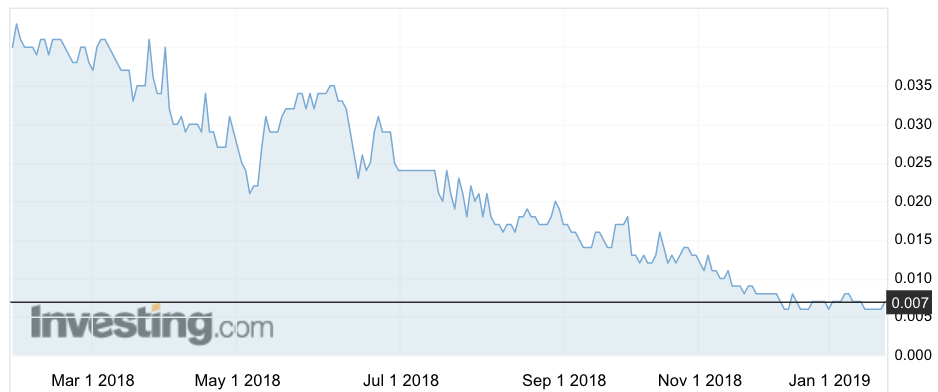You might be interested in
Tech
ASX Tech Stocks: Janison Education soars 13pc after inking extended $24 million deal to power Naplan online
Tech
ASX Tech Stocks: Limeade surges more than 300% on $112 million WebMD takeover
Tech
This article has been updated to include Quantify’s quarterly results.
Struggling smart home device maker Quantify has finally made a sale, two years after it backdoor-listed on to the ASX.
They’ve secured cash from a contract with “a Perth-based university” and sales have been made through Harvey Norman Commercial and Cambridge Electrical Services, says CEO Brett Savill.
The university and Harvey Norman revenue will appear in the upcoming December quarterly report.
Mr Savill refused to put a number on exactly how much those first sales brought in ahead of the quarterly report being released.
The report, published after this article was said the company pulled in $35,000 in receipts in the quarter.
It’s still surviving on government grants, taking in $1.7m of those which helped it narrowly avoid a whopping $1.9m in negative cashflow — significantly more then forecast.
Promises promises…
Quantify (ASX:QFY) has been promising sales since late 2016, when its listing prospectus said it would have products for sale from March 2017.
While it has signed a number of MoUs, reseller agreements and installed its product in showrooms and show homes, none generated any cash until the end of 2018.
Mr Savill says the $736,000 purchase order in September from a South Australia property development project, covering 100 houses, is likely to pay out from the end of 2019.
He wouldn’t comment on why it’s taken so long to start making sales, as he only became CEO in September during a board refresh.
But he said they “now have a product ready to commercialise” that is substantially different to others thanks to its cloud configuration, price, and interoperability with a range of non-Quantify products.
Another cap raise is coming
Generating first revenue won’t prevent the company from having to raise another round of money in the June quarter.
Mr Savill confirmed the company had about $2m left in the bank at the start of January after the cap raise, given expected spending of $1.6m for the previous quarter (spending hit $1.9m, yet the company still managed to maintain the $2m cash balance).
“To commercialise the business both domestically and internationally we will need additional funds,” Mr Savill said.
He said the board has not decided how much they will raise or, importantly, whether they will try equity markets again.
A $4m equity raising that finished in November, priced at 1c, only secured $1m from investors. The remainder went to the underwriter, a whopping 31 per cent.
The company’s shares came off a 52-week low of 0.6c yesterday, to hit 0.7c.
